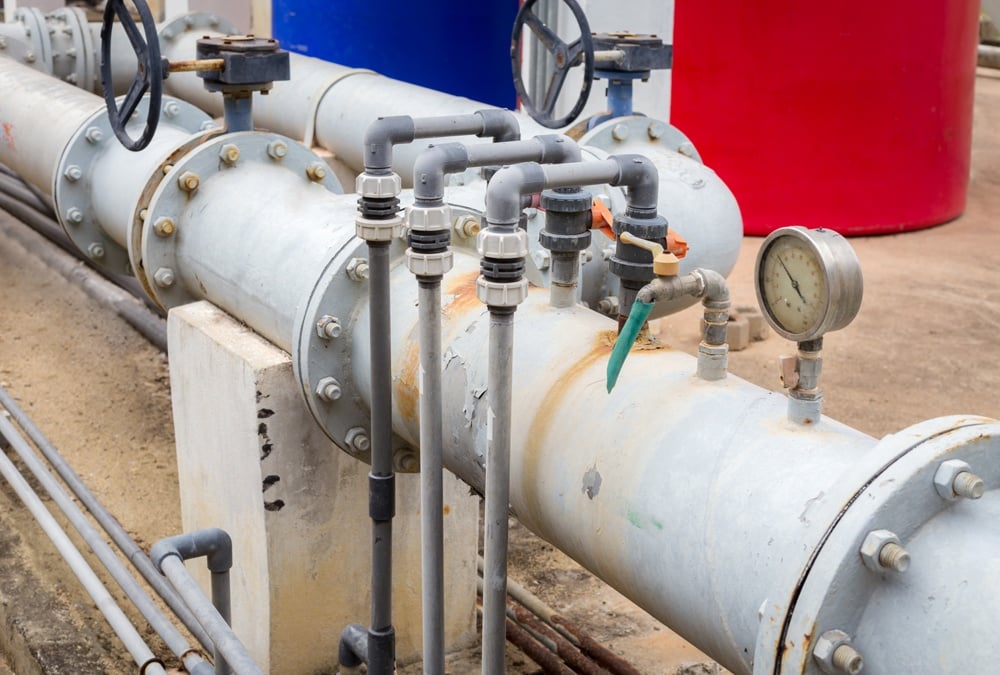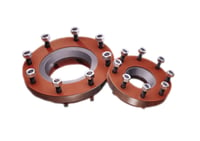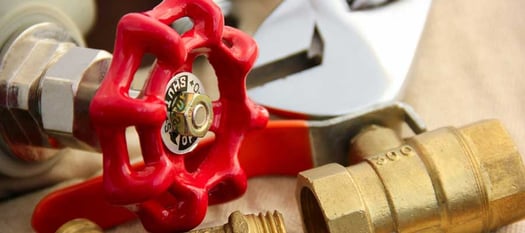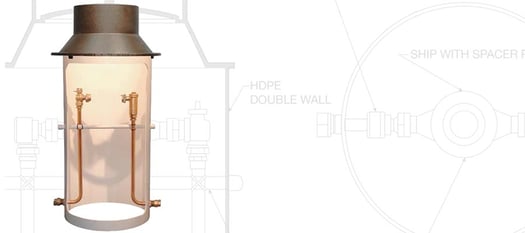When you're working in the waterworks business, you know that the only thing uniform about the customers you serve is that they are different. Some need water during particular parts of the day, while others require a constant flow. Some require only a little water because they're using exceptional water-saving technologies while others go through enough water to fill an Olympic-sized swimming pool every few days.
The most difficult part is that when a business or household changes, their water needs often change at the same time, making the meter at their location inappropriate for their purposes. One potential option to consider is meter downsizing, but what does it involve? Let's take a look:
What happens when a meter is downsized?
Space Saver Flange (Meter): Product Video


When a household or business changes, they often use less water than they had used when the home or business was originally constructed. If the meter is then downsized, it has many benefits, including lower failure rates, less maintenance and a lower base service charge. Not only do these changes benefit your customers, you're actually able to keep them even happier because of the potential for a lower service charge and because even with the downsize, they often still have the same flow rate as the older meter had provided in the past.
The process to downsize a meter is fairly simple when it all comes down to it. The first, and often most difficult step, is to encourage property owners to take that first step to investigate meter downsizing and decide they want to have their meter downsized. This is often accomplished through the offer of a lower base service charge for the new meter as well as the assurance that their water pressure and flow will not be adversely affected compared to previous performance. The second step is to ensure that a qualified engineer has taken the time to look over the homeowner's or business owner's property to verify that the change will not cause any problems with their existing plumbing system and certify that information.
After these steps are taken by the property owner, it's time to start installing the new meters. Because the different meters are based on the outlet pipe size, there will need to be some changes made on the customer's lines, depending on whether they were originally set up for higher water flow or if the larger meter was simply installed in anticipation of future expansion of water needs at the site. Depending on your locality's waterworks policies, this may require a plumber to come out in advance of your crews to ensure the proper changes have been made. Once the appropriate steps have been taken, changing out the meter itself for a downsized version is relatively simple, easily within the scope of virtually any waterworks service technician.Whether you're considering downsizing meters at some of your customer's homes or businesses or just need some additional options for an aging population in your area, you want to use the best possible materials that will fit within your budget. At Team Red Hed Manufacturing located in Lincoln Rhode Island, we manufacture high quality, innovative products to take care of your customer's needs. Please contact us today for more information or for help finding the perfect products to meet the demands of your waterworks department.











